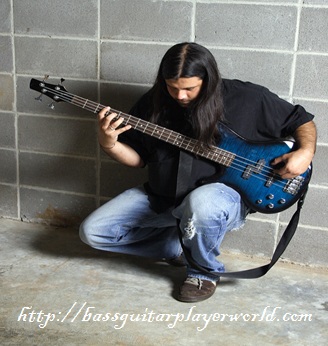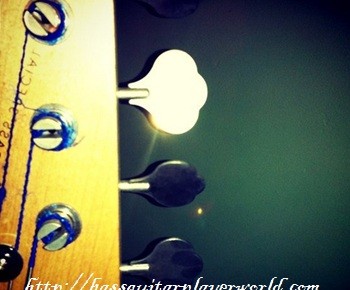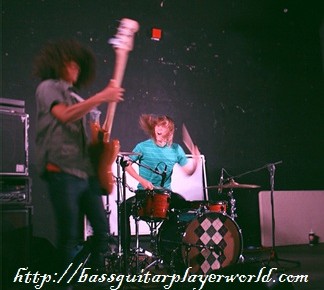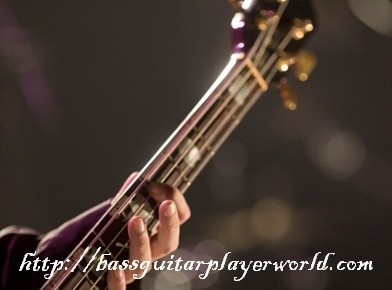The Technical Aspects of Tritones And Whole Tones
 Learning the technical aspects of music has a ton of benefits. If you are looking to go to school for music, the benefits are both obvious and endless; you need to know musical theory to go to school for music, which means that you need to understand the technical side of music, and how it works.
Learning the technical aspects of music has a ton of benefits. If you are looking to go to school for music, the benefits are both obvious and endless; you need to know musical theory to go to school for music, which means that you need to understand the technical side of music, and how it works.
Music is like a machine, and just like any machine, there are a ton of parts that make it work; tones and scales, notes and chords—everything that is in theory is a part of the machine that is music.
However, just like a machine, there are some more sophisticated and difficult parts in music, and some of these are known as tritones and whole tones. In this article, we are going to talk a little bit about each of these concepts, and just how they work in relation to your bass guitar playing.
After reading all of the above, you might be asking yourself the following questions – what is a tritone?
A tritone is a musical interval created by three whole tones. And that brings us to our other word; whole tone. So what is a whole tone? A whole tone is simply a full step away from a note. For example, if we move a whole tone from the note C we come to the note D (C, C#, C). If we move a whole tone from the note D, we come to the note E (D, D#, E).
Now, as for tritones, we would need to triple this process to achieve the desired distance. This means that we would need to move a total of three full steps from our root note. Take for instance that note F. If we move up a tritone from the note F, we wind up at B (F, F#, G—one whole tone; G, G#, A—two whole tones; A, A#, B—three whole tones, giving us a tritone).
So, How Does This Relate to Our Playing?
Quite easily. Say we want to move up three note names from our original note. Using a tritone, we can easily do this. However, you must keep in mind that, in the case of a strict tritone, our above example is the only way that it can be performed (F to B is the only true tritone in the C Major scale).
If we were to move a tritone from C, we would wind up with E##, or Fbb, because E is one of the two notes (the other being B) that is not followed by an accidental note.
If we want to move a whole tone, the process is much less restrictive. In fact, every single note can easily be moved up or down a whole tone without much worry, because a whole tone is, in fact, only two half steps, which doesn’t bring us to any double accidentals or other strange note values.
In the end, whole tones and tritones are only the beginning of the technical side of music. If you want to familiarize yourself with music theory, though, they are a great place to start. Good luck!
All The Best Bass Playing Resources At One Place!
Get bite-sized video lessons covering a range of bass guitar techniques and playing styles at JamPlay. For a few pennies a day, you gain full access to a huge library of professionally recorded lessons. Jamplay is everything that a bass player would need to improve their skills in the shortest possible timeframe. Check them out today!
Related Articles
Comments are closed.





